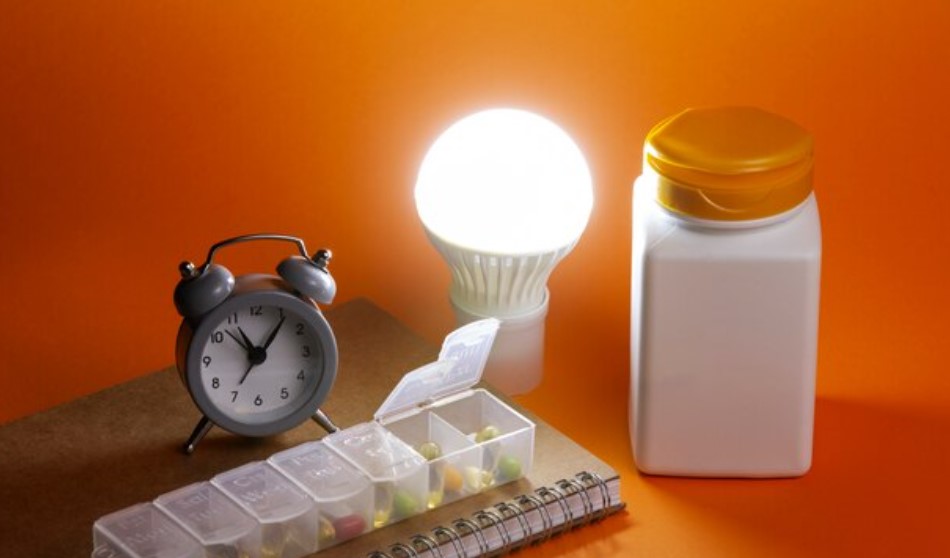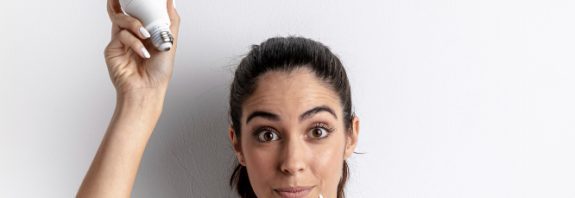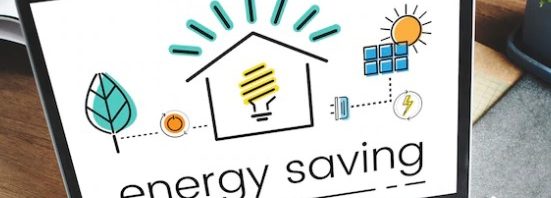How much a light bulb consumes per hour

Hourly Light Bulb Electricity Consumption: Understanding the Costs and Benefits of Energy Efficiency
They provide us with light, but do we know how much a light bulb consumes per hour? Let’s find out. Light bulbs are one of the most common sources of light in our homes, offices and public spaces.
How much a light bulb consumes per hour
The power consumption of a light bulb depends on its power and type. Traditional filament bulbs, such as incandescent bulbs. Typically use more energy compared to energy-efficient bulbs such as LEDs or compact fluorescent lamps (CFLs).
How much does a light bulb consume per hour? In general, the wattage of a light bulb is measured in watts (W). For example, a traditional 60-watt incandescent light bulb consumes approximately 60 watts of electricity per hour when on. If it shines for a whole day, then the consumption will be 60 multiplied by 24 and it is 1440 watts.
The influence of energy-efficient light bulbs
One of the ways to reduce electricity costs for lighting is to switch to energy-efficient light bulbs, such as LED lamps. LED lamps consume significantly less electricity at the same brightness, which makes them a more ecological and cost-effective alternative.
For example, a 10-watt LED bulb can provide the same brightness as a traditional 60-watt bulb, but consume only 10 watts of electricity per hour. Such a light bulb will consume only 240 watts per day. This is 1200 watts less than an incandescent lamp. Such savings will allow you to sometimes forget to turn off the lamp. In today’s world, where electricity is almost the main source of power for any device, LED lamps allow you to save a lot on consumption.
General Recommendations for Reducing Costs
To reduce electricity costs for lighting, here are some general recommendations:
Use energy-efficient light bulbs such as LEDs or CFLs.
Turn off lights when not needed or use automatic motion sensors.
Keep the lamps clean and properly cared for to ensure they perform optimally.
In general, understanding the power consumption of a light bulb helps us better manage our energy costs and make our lighting more efficient. By choosing energy-efficient light bulbs and following cost-cutting recommendations, we can lower our electricity bills and reduce our impact on the environment.









